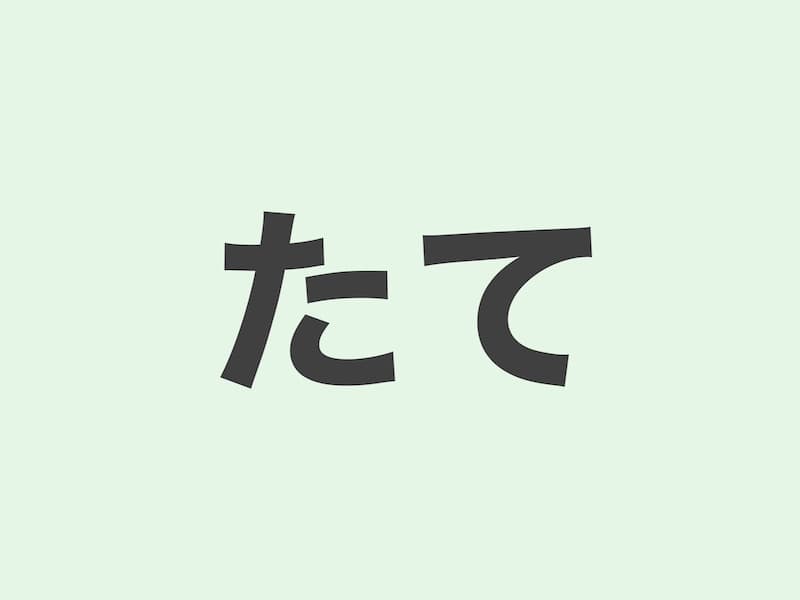説明 (Explanation)
文法(Grammar):ます形(ーます)たて・たてのN
意味 (Meaning):新鮮で直近に行われたことや状態を表す表現です。
英語(English):The “たて” (tate) is used as a suffix after a verb stem and it indicates that something is in a freshly done or just completed state. It often implies a sense of newness or immediacy.
JLPT Textbook Recommendations
例文 (Examples)
- 焼きたてのパンはおいしい。
- 採りたてのフルーツは甘くて美味しい。
- 入学したての学生たちは緊張している。
- 豆を挽きたてのコーヒーは香りがいい。
ひらなが (Hiragana)
- やきたてのパンはおいしい。
- とりたてのフルーツはあまくておいしい。
- にゅうがくしたてのがくせいたちはきんちょうしている。
- まめをひきたてのコーヒーはかおりがいい。
英語翻訳 (English Translation)
- Freshly baked bread is delicious.
- Freshly picked fruits are sweet and tasty.
- Students who have just entered school are nervous.
- Coffee freshly ground from beans has a good aroma.





コメント